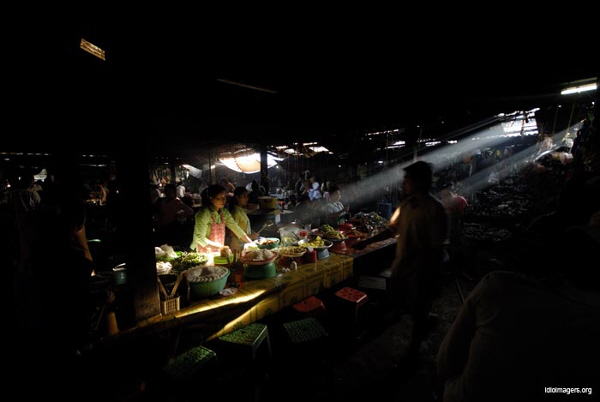
All photos courtesy of Ryan Libre
MATADOR’S EXPERT ON HOKKAIDO, Ryan Libre is a freelance photographer based out of Japan and Thailand. He has taken photos for 11 books and held solo exhibitions at the Fuji Film Salon, The Foreign Correspondents’ Club of Thailand, and the Nikon Salons in Tokyo and Osaka.



